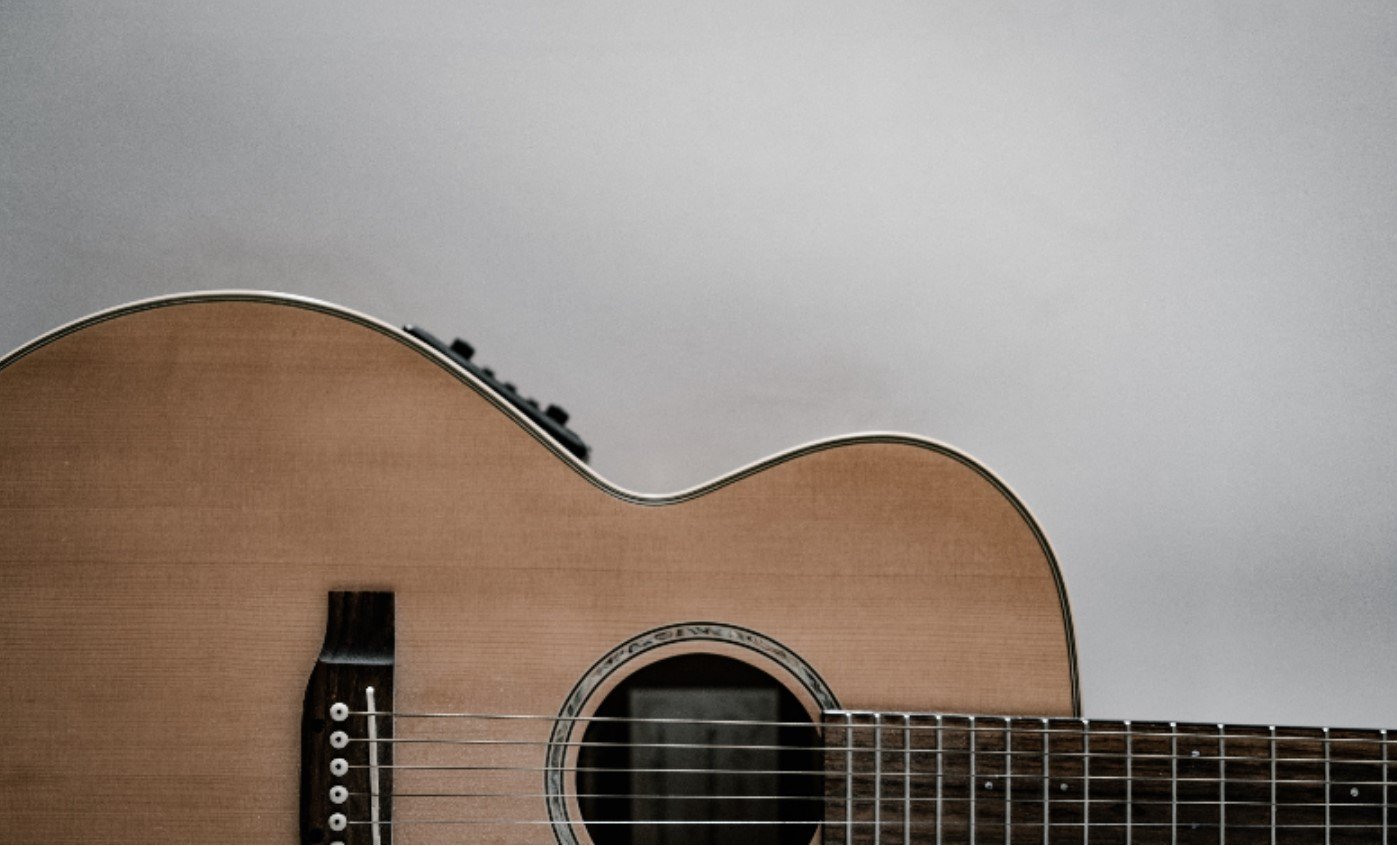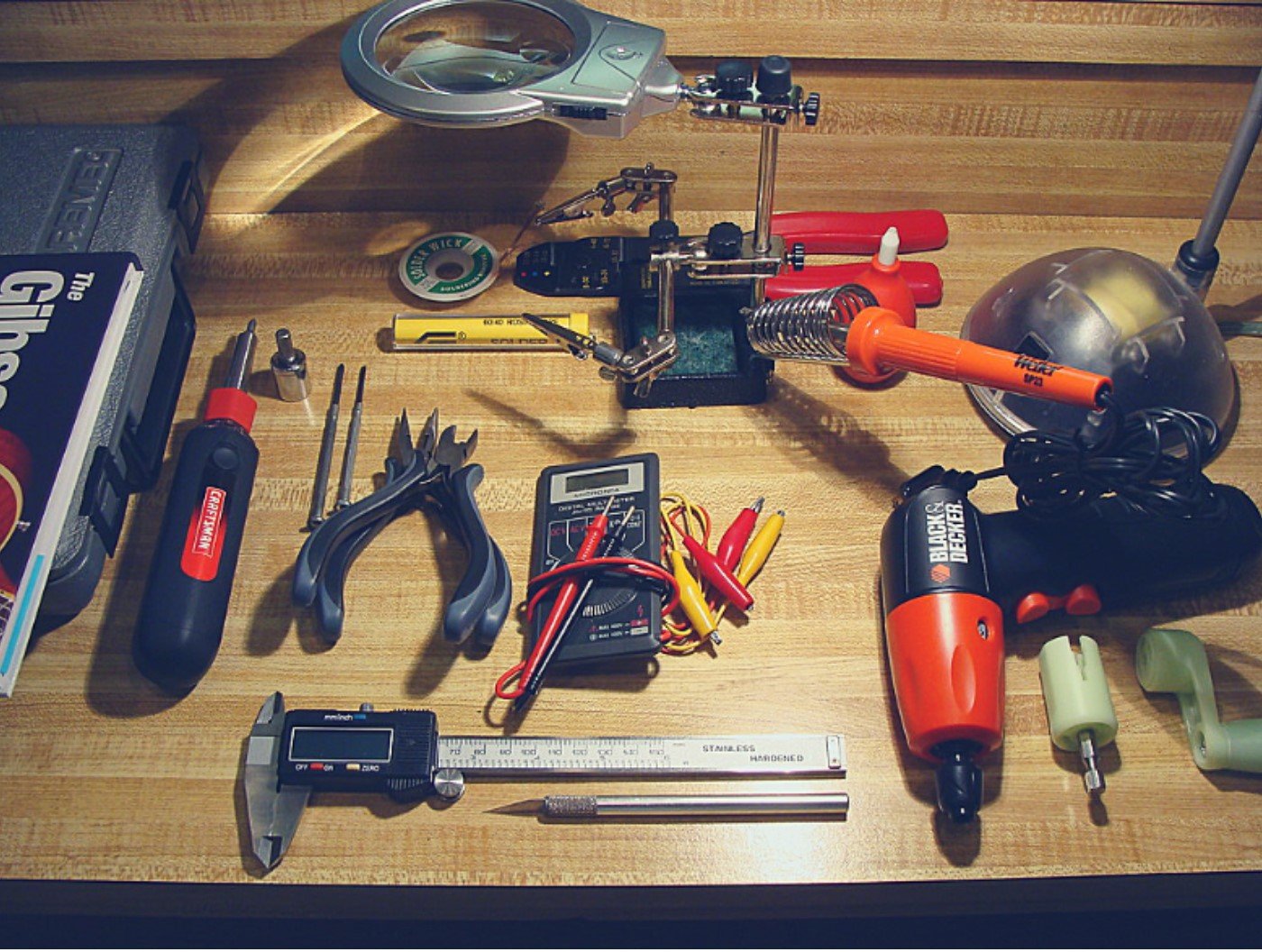If you’re worth your salt as a guitarist, you should be taking care of your instrument at all costs.
Guitars are made from the finest premium woods and materials. They are set up with patience and a high level of skilled precision.
If you look after your guitar, it will look after you.
I’ve been playing guitars for over 25 years, here are some simple tips to use to look after your prized possession.

Contents
The 10 Best Ways To Care For Your Guitar
1. Avoid Sudden Temperature Changes
Sudden changes to a guitar’s temperature can play havoc with it. Wood expands and contracts, this could lead to neck warping or worse, permanent damage.
A gradual change in climate is the answer, as wood can adapt to the temperature slowly.
Storing a guitar at room temperature is a safe bet. Keep guitars out of the sun and very cold conditions. It goes without saying.
2. Care For Your Fingerboard
Unlike the rest of the guitar, rosewood fretboards do not require sealing. This is because the wood’s oils and hardness naturally withstand wear and decay. Most other fretboards are sealed but dry out after a while. They’re susceptible to getting absolutely filthy and showing signs of age. Although you may think this is a cool effect, it won’t be a cool sound!
It’s best practice to get yourself a conditioning product (which is specific to your model of guitar). The better conditioners will also help to clean the dirt away and hydrate your fretboard.
Tip: Slide your hand up and down the side of your fretboard, are your frets sharp? They shouldn’t be. Sharp frets break strings! Enough said.
3. Pay A Professional To Set Up Your Guitar
Fixing your guitar by yourself is the most popular way to cause a bigger problem. The Importance of maintaining the correct action is crucial to the life of a guitar.
Guitar wood is organic. It changes shape and density as it grows; with age. It bends and changes in very small ways. A good guitar doctor will be aware of this and put it right for a very low price.
Every single guitar I’ve ever purchased, new or used, I’ve taken straight to a guitar tech to set up. It’s worth every penny.
Tip: New guitars don’t come set up properly from a store (unless a tech has done it as part of the sale).
4. Keep An Eye On Your Nut
Creaky strings and string snapping are a sure-fire way to tell you your nut needs replacing. Unwound strings can dig and cut deep into the nut slot. This causes open strings to buzz and your guitar to sound slightly out of tune. That’s not a good sound!
Nuts cost next to nothing but generally, it’ll last for years. Just keep an eye out with a close inspection.
Unless you’ve been taught by a guitar technician, any alteration to a nut or nut replacement is a job for a pro
5. Buy A Hard Case (your guitar deserves it)
Soft cases don’t do anything apart from keeping dust off. Why buy a lovely new guitar with your hard-earned savings, then protect it with a soft material case?
A good strong hard case will protect your instrument at all costs. It’s great for home storage, the live guitarist on the road, or a traveling musician by plane or train. When you buy your first good hard case, you won’t ever need another one.
Tip: Losen your strings before air travel. The pressure in the cabin and temperature change can cause all sorts of trouble for your guitar. A broken guitar neck is worse than a broken heart! Fact.
6. Replace Your Strings
When do I change my strings? This would depend on what type of player you are.
As a rule of thumb If you play nearly every day, I would say renew them every 6-8 weeks. As a gigging guitarist, I would change my strings after 3 shows and 3 rehearsals. This all depends on what strings you use too. The longer-lasting strings these days are awesome. I now play at home every so often, so I get new strings every 3 months.
It’s really all down to your scenario. You can always tell when your strings have had enough. They sound so lifeless and dull.
Changing strings is a no brainer, it gives you a chance to clean your guitar and revitalize your sound. Keeping it fresh and interesting. This also helps beginners. Wanting to play a nice sounding guitar will make you want to practice more regularly.
Tip: A luthier once told me, every time you change your strings, you should draw with a pencil between the nut slots. Pencil lead contains graphite and is great for a dry lubricant and helps clean within the slots.
7. Keep It Clean
After a session playing low down and dirty funk, your guitar will require cleaning (your soul too).
Although cleaning isn’t a science, you still need to use the correct products. Here are some quick dos and dont’s :
- Dust and Polish: Don’t spray directly onto the guitar, straight onto the cloth
- No Moisture: Do not use water. Specialized oils, sprays, and conditioners only
- Pick Up Clean: Pick Ups need a clean because they can get bunged up with all sorts of rubbish
- Wipe your strings after every session. This helps prolong the life of your strings
- Check your guitar finish before spraying anything on the body
8. Use The Correct Tools
This is overlooked, but very important. Not only can you damage screws, your guitars finish, or the fretboard. You could scar your axe for life by using the wrong tools. Get yourself the proper rag, Allen keys, spray, and oils. Spend a little while researching what’s best for your guitar and its finish.
You can build up a handy little collection of guitar tools over time, and if they’re any good, they’ll last you forever.
It’s the same in any walk of life, use the correct equipment for the job.
As you move forward caring for your guitar, you’ll become more and more confident. You may then want to start learning about how to make slight adjustments to the neck, nut, and bridge.
To do this, here are the basics for any guitarists tool kit:
Remember: The following tools may vary depending on your guitar make and model (sprays etc). Check your manufacturer’s manual.

‘Basic Guitar Tool Kit’ picture by TT ZOP
BASIC TOOL KIT
- A (decent) Tuner!
- Truss Rod Allen Keys/Hex Keys/Philips Screwdriver
- A Luthiers Metal Ruler With The Correct Increments (64ths, 32nds)
- String Winder
- Cutters
- Nut File Set (Check Your String Size)
- Rags (Microfibre, Lint Free)
- Guitar Body Cleaner (Depending On Your Finish)
- Contact Cleaner
- Toothbrush For Fret Cleaning (Soft)
- Sand Paper For ‘Minor’ Repairs (Grit; 220, 400, 600, 1000)
- FretBoard Oil and Conditioner (Lemon Oil is great)
- A Manual, For Your Make And Model Guitar. Download it!
Handy Extras
- Digital Hygrometer
- De-Humidifier
- Humidifier
- Soldiering Station With A Magnifying Glass
9. Do Not Learn Your Guitar Against A Wall
The number of times I’ve seen guitars left balanced against a wall! It horrifies me. Although a lot of guitarists don’t think it’s an issue, it really is.
Leaning your guitar against a wall puts stress and tension on the neck and strings. This inevitably results in a minor neck bend or worse, a warped neck.
The most dangerous factor is the guitar isn’t being supported. It can easily tip or slip over, resulting in an expensive visit to the guitar tech.
Get Yourself A Guitar Stand
A decent guitar stand costs $15! It will save your $3000 vintage guitar from being chipped. Crazy I know
10. Give Your Guitar The ‘Once Over’
A lot of the time your fret buzz could actually be something ridiculously easy to fix.
I had a buzz recently on my electric guitar and I couldn’t find it. It was so irritating. In the end, it was a loose screw in my scratchplate!
Imagine paying a guitar technician $50 and he hands it back telling you it was a loose screw!!
Years ago I had an acoustic, the b string kept going out of tune. There is nothing more frustrating than tuning 10 times a day. After spending weeks thinking I had a warped neck, I later discovered one of the tuning pegs to be very slightly loose. This is enough to cause tuning havoc.
Every time you change your strings, work your way around all the hardware and give it a gentle prod or wiggle. There are hundreds of factors that go into making a guitar sound great. Give yourself 5 minutes and have a quick look around to see if everything is as it should be.
Tip: A luthier once taught me to hold a guitar to eye level and slowly turn it 360 degrees, checking every little nook and cranny. Check the hardware, look down the neck from the base (bridge end) of the guitar. Is the neck straight?
Simple, but effective ways to check your guitar over. Try to give it the ‘once over’ every time you change strings.
Conclusion
I hope you found my ‘10 Best Ways To Care For Your Guitar’ helpful. It’s an easy way to start caring for your instrument. If you still feel you have an issue with the guitar, it’s always a very good idea to hand it over to a professional.
About the Author

Lee Atterton has been playing guitar for over 25 years and has done everything from playing on TV in London and supporting big bands, to playing on radio, working as a full-time guitarist/singer on a holiday resorts, and playing solo at weddings and christenings. Atterton is the founder of Authority Guitar, a site where he wants readers to enjoy every aspect of learning the guitar.
